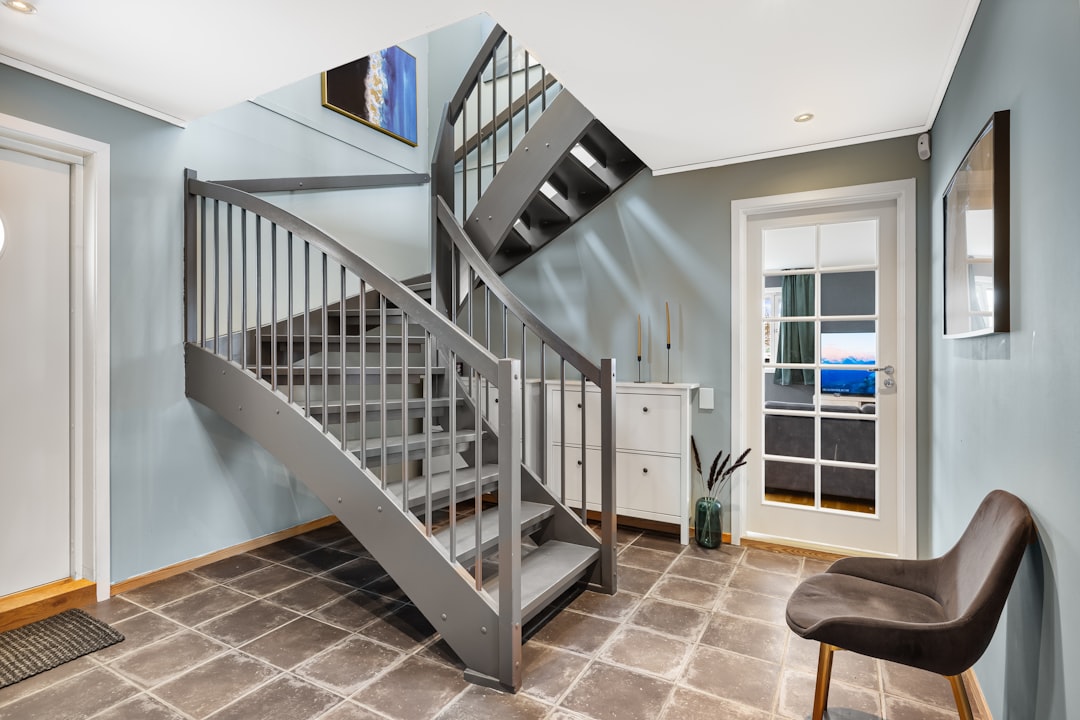Understanding Stair Installation Costs for Construction Professionals
For construction professionals, accurately estimating stair installation costs is crucial. Costs can range from $2,700 to $30,000 depending on materials and design complexity. This guide provides insights into the factors affecting these costs and offers strategies to optimize your budget.
Key Factors Influencing Stair Installation Costs
1. Material Selection
- Softwood (pine or fir) is cost-effective but requires maintenance.
- Hardwood (oak, maple, walnut) offers durability and aesthetics.
- Steel, glass, or mixed-media designs increase costs but provide modern appeal.
2. Design Complexity
- Straight runs are economical.
- L-shaped or switchback stairs require more labor.
- Curved or floating stairs need custom engineering and installation.
3. Site Conditions
- Tight spaces increase demolition and safety measures.
- New builds allow easier access, reducing labor hours.
4. Code & Safety Requirements
Local codes dictate design specifications. Ensure compliance to avoid costly revisions.
Typical Price Ranges
Based on recent data, typical costs include:
- Basic straight pine stair: $2,700 – $4,000 installed
- Hardwood switchback: $5,500 – $8,200 installed
- Custom curved oak: $18,000 – $30,000 installed
Prices fluctuate, so use real-time data to secure current rates.
Generating Accurate Estimates
Use digital tools to streamline the estimation process:
- Describe project details via voice or app.
- Upload floor plans for AI analysis.
- Select materials to auto-populate costs.
Hidden Costs to Consider
- Temporary structures during construction
- Finishing extras like nosing and trim
- Delivery fees for large components
- Engineering stamps for complex designs
Cost Reduction Strategies
- Opt for pre-fabricated options when possible.
- Mix materials for cost-effective aesthetics.
- Stage materials efficiently to reduce downtime.
Conclusion
Stair installation is a significant investment. By understanding cost drivers and using advanced tools, construction professionals can optimize budgets and ensure successful project outcomes. For more resources, visit CountBricks.com.
Case Study: Reducing Custom Stair Costs
A renovation project required a custom curved staircase, presenting budget challenges.
Project Challenges
- Limited access required sectional delivery.
- Historical accuracy was necessary for approvals.
- Strict schedule coordination was needed.
Solutions Implemented
- Used voice sessions for precise estimates.
- Identified cost-saving material options.
- Applied value-engineering techniques.
Results
- Cost reduced by 14%, saving $3,700.
- Approval package expedited with detailed documentation.
- Project completed ahead of schedule.
Takeaway
Utilizing advanced tools and strategies can significantly reduce costs and improve project efficiency. For more insights, visit CountBricks.com.

